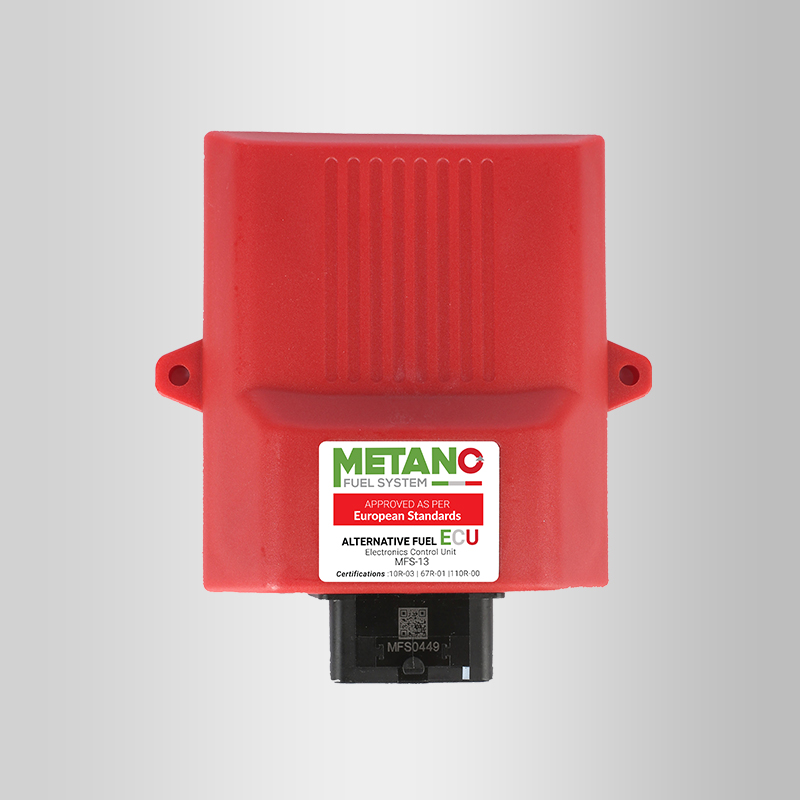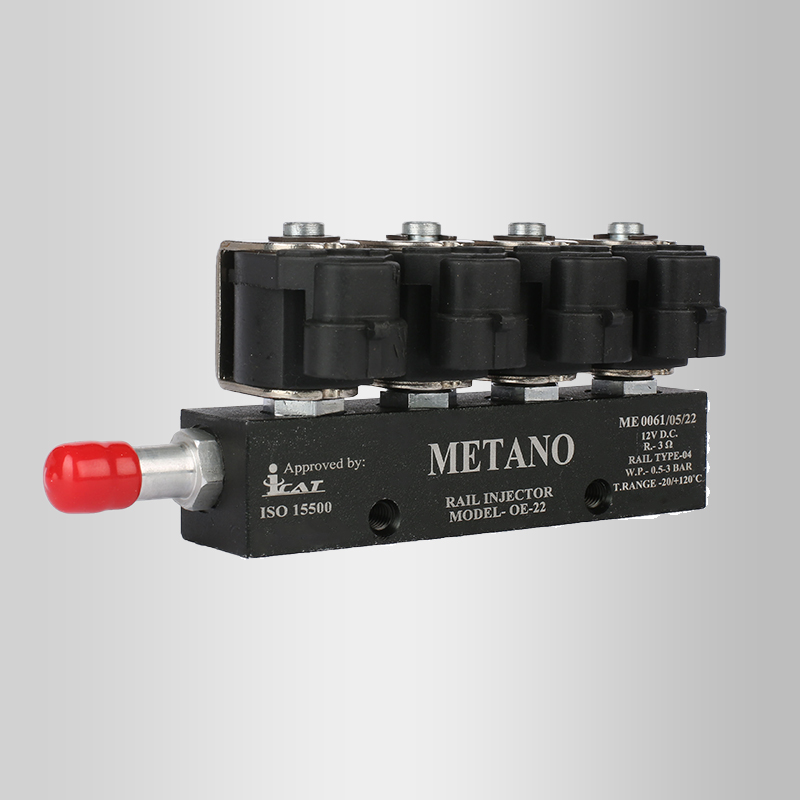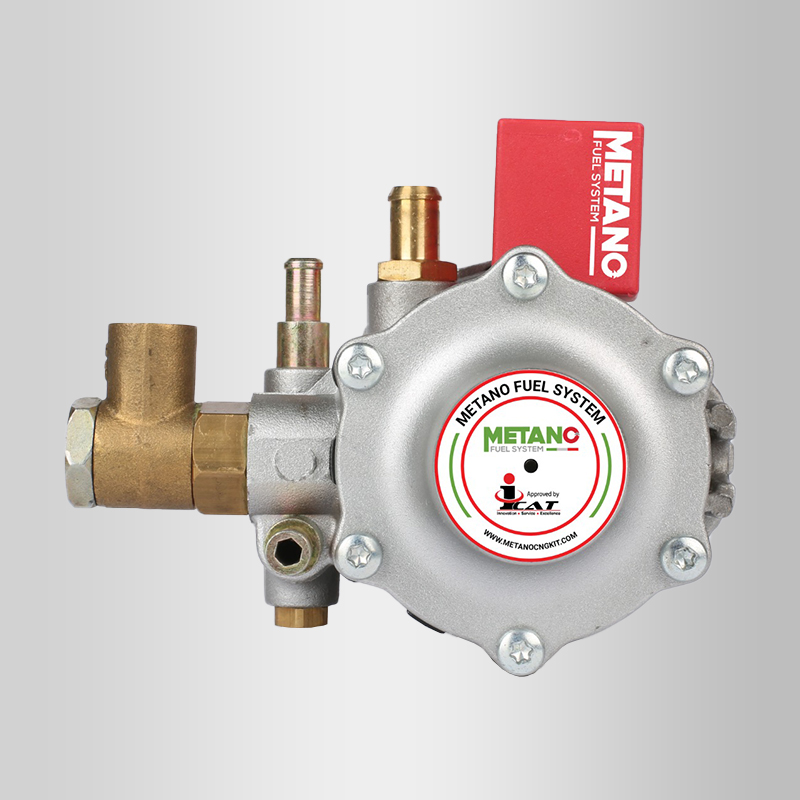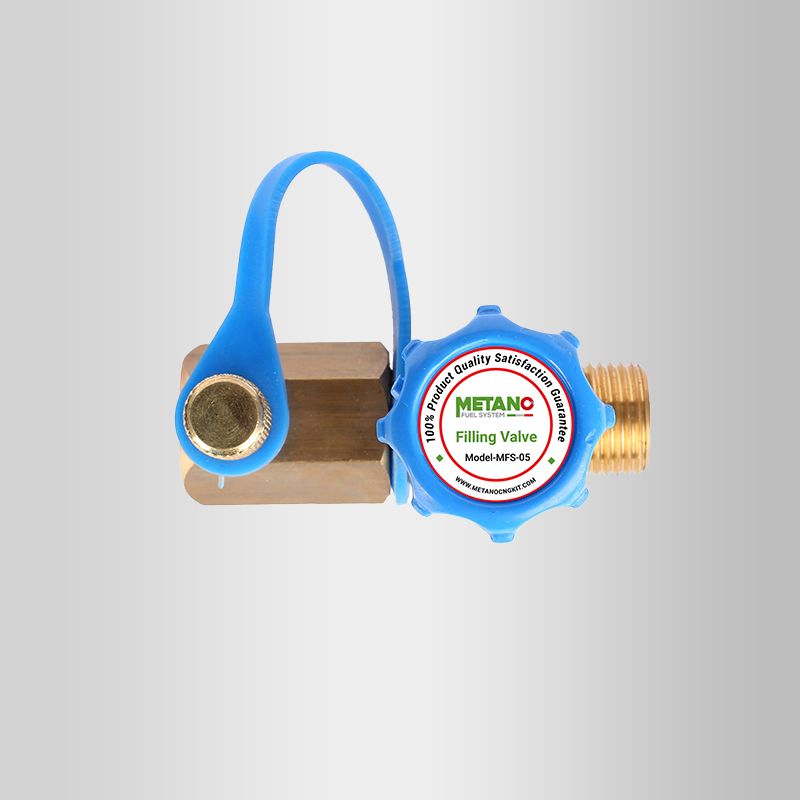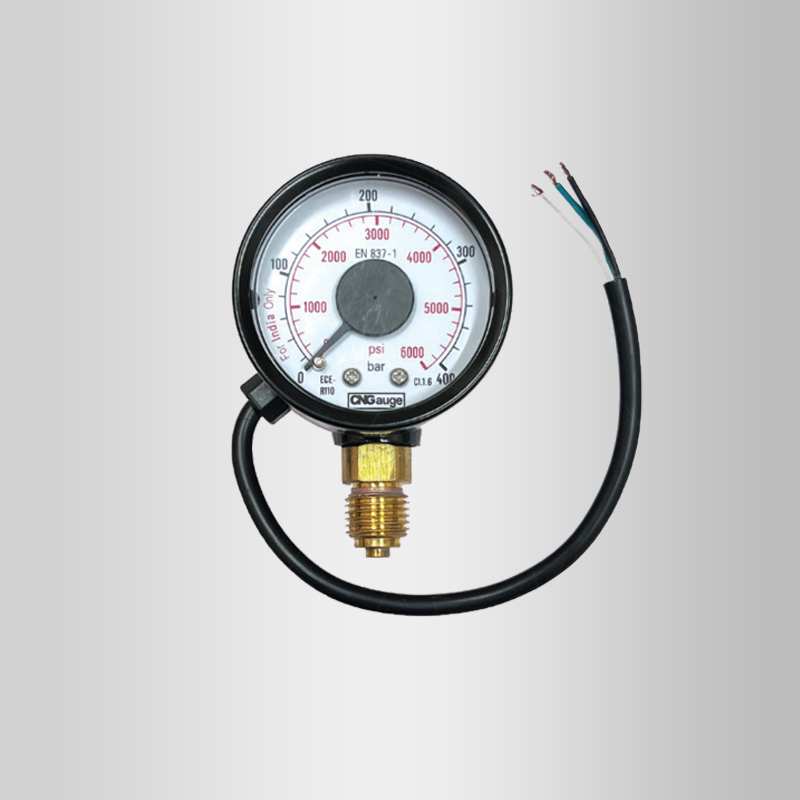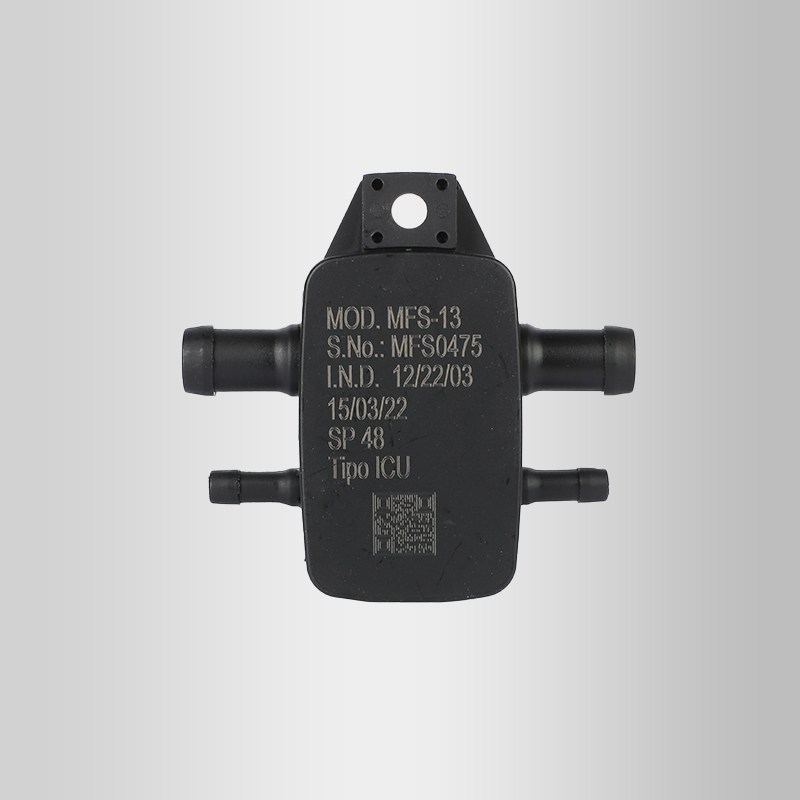
A CNG (Compressed Natural Gas) MAP sensor is a specialized version of the Manifold Absolute Pressure sensor, designed specifically for vehicles that run on CNG fuel systems. Its main role is to measure the pressure within the intake manifold and monitor the flow of CNG entering the combustion chamber. This allows for precise control of the air-fuel ratio, which is crucial for optimal engine performance.
Unlike traditional gasoline MAP sensors, the CNG MAP sensor is calibrated to handle the distinct characteristics of natural gas, such as its lower energy content and different combustion behavior. The data collected by the CNG MAP sensor is sent to the Engine Control Unit (ECU), which uses it to adjust CNG injection, ensuring efficient combustion, better fuel economy, and lower emissions.
In bi-fuel vehicles, the sensor also assists in managing the transition between CNG and gasoline, ensuring a smooth switch. A malfunction or inaccurate reading from the CNG MAP sensor can lead to engine issues such as misfires, decreased power, poor fuel efficiency, and increased emissions.
Given that CNG systems operate under high pressure and varying temperatures, the MAP sensor needs to be durable and capable of withstanding these challenging conditions. Regular maintenance and monitoring of this component are essential for ensuring reliable operation. Advanced CNG MAP sensors are designed to meet these challenges while delivering precise, dependable measurements, playing a key role in maintaining the environmental and performance benefits that make CNG an increasingly popular alternative fuel.




